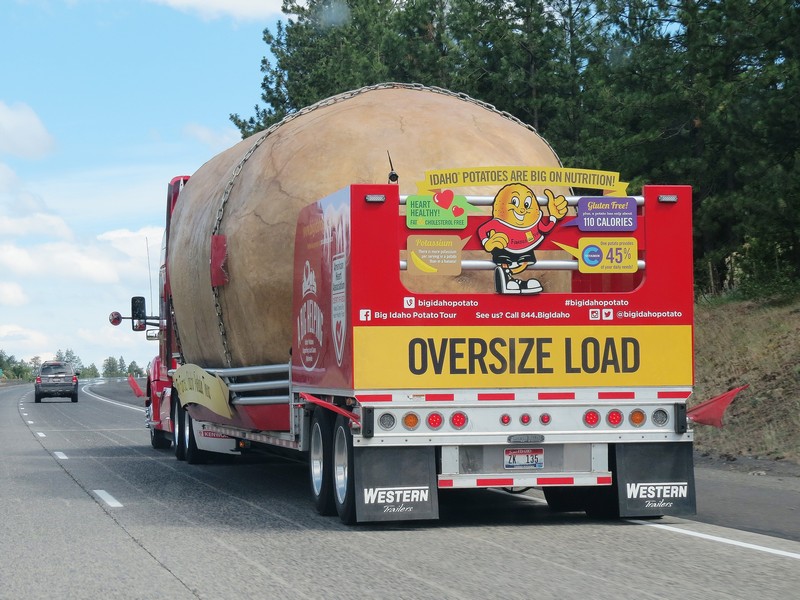Every year American company Pantone, which started as a printing business but is now famous for its colours, names a ‘colour of the year’ – a good way to keep the company name in the public eye – and for 2024 it’s Peach Fuzz, described as ‘a nurturing peach tone that inspires us to instinctively want to reach out and touch’. Click on the link to see it.
The colour code is 13-203, and I mention that because Tiffany’s has copyrighted its turquoise blue, Pantone 1837C (aka Tiffany Blue), the code number a nod to the year the jewellery company was founded.
Wikipedia reveals that twice a year the company hosts, in a European capital, a meeting of representatives from various nations’ colour standards groups. After two days of presentations and debate, they choose a ‘colour of the year’ for the following year with the colour supposedly reflecting the zeitgeist.
We all see colour differently, of course, but this ‘Peach Fuzz’ isn’t what I’d call peach at all. Then again, the peaches I know and love are Golden Queen, which have a rosy blush on their golden skin when ripe so maybe I need to meet a few more peaches!
On February 10, according to Chinese astrology, we will begin the Year of the Dragon, the wood cycle. The South China Morning Post offers this prediction: We are entering into possibly the most exciting time in 20 years, so hold your breath, buckle up and be prepared for major change. It’s time to reflect, revive, renew and reboot. Click on the link to read more, including horoscopes.
Dragonfruit, so named for their ‘scaly’ exterior are the fruit of several cacti native to Mexico and Central America and are cultivated in the US, large parts of Asia and Australia. The cacti, which can grow up to 7m tall, need a climbing support for their aerial roots to take hold of and keep them stable. The plant opens its showy flowers at night (so bat and moth pollinated) and in tropical climates can fruit and flower about 5 times a year.
This NZ Herald story from September 2023 notes that dragonfruit cultivar work is being done in New Zealand.
Yarrow is the Herb of the Year, as selected by the International Herb Association (and will be promoted in New Zealand in March during Herb Awareness Month). A member of the Asteraceae (daisy or aster) family, yarrow has more than 100 species with Achillea millefolium (right) one of the most widely used medicinal plants in the world.
The botanical name comes from Trojan War hero Achilles, who used yarrow to staunch the wounds of his soldiers.
The United Nations, meanwhile, has declared 2024 the International Year of Camelids to highlight how camelids (including dromedaries and llamas) are vital to millions of households in more than 90 countries.










